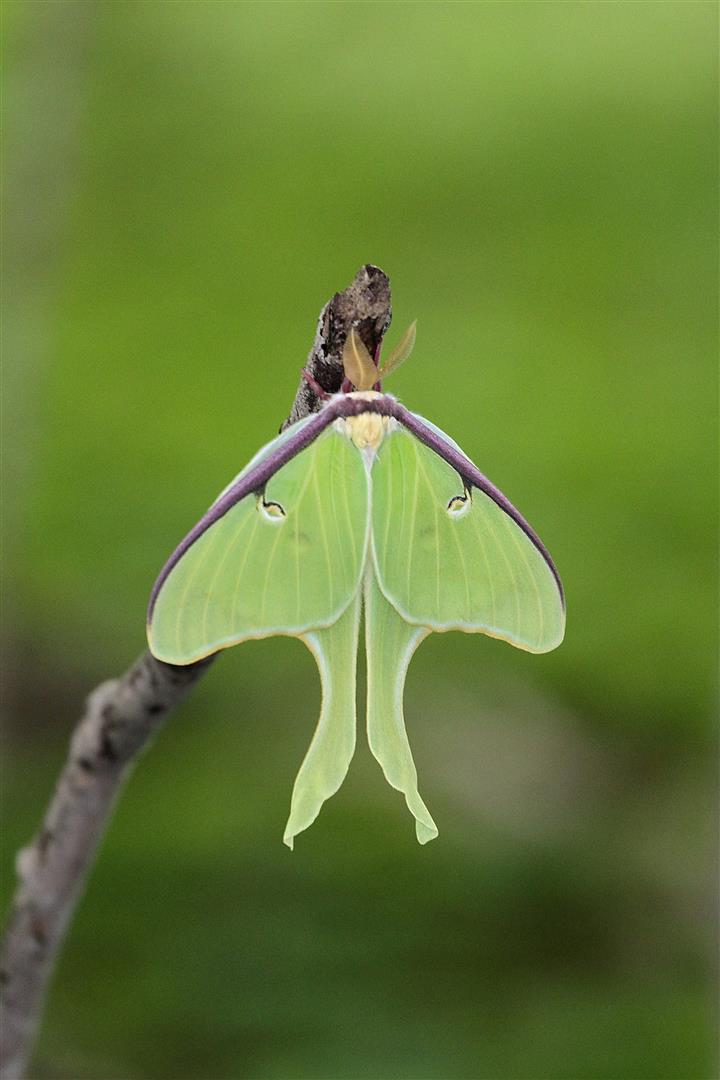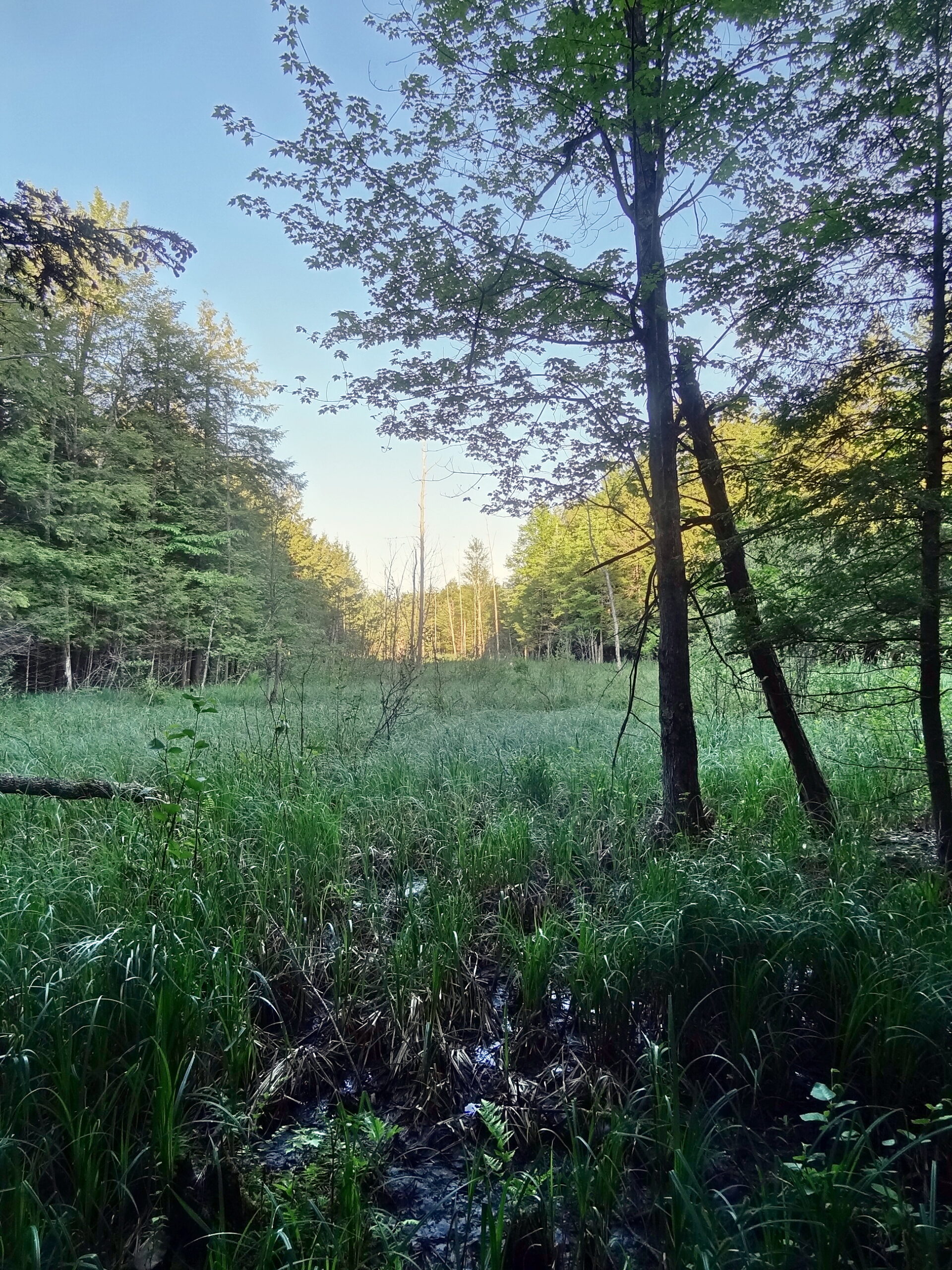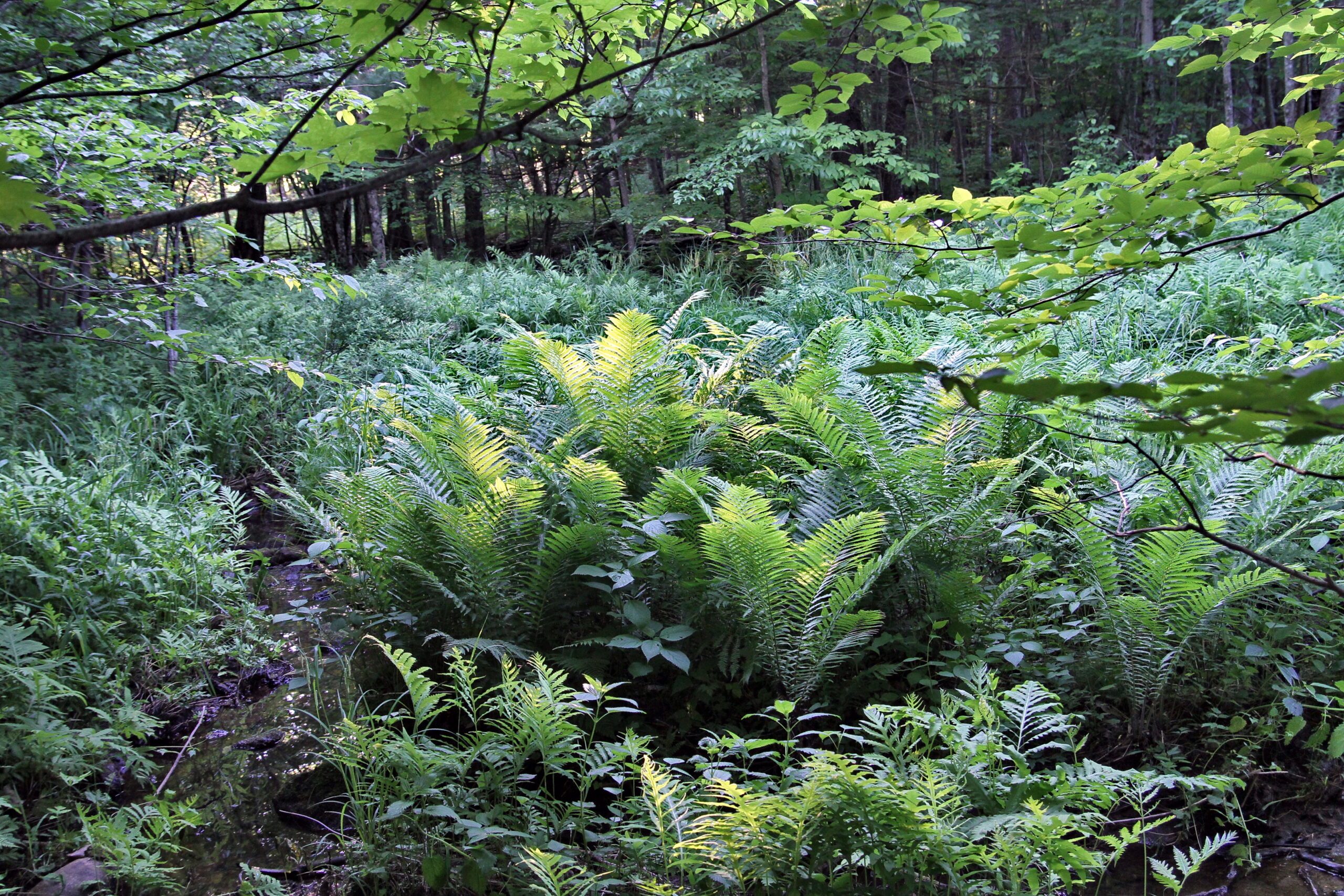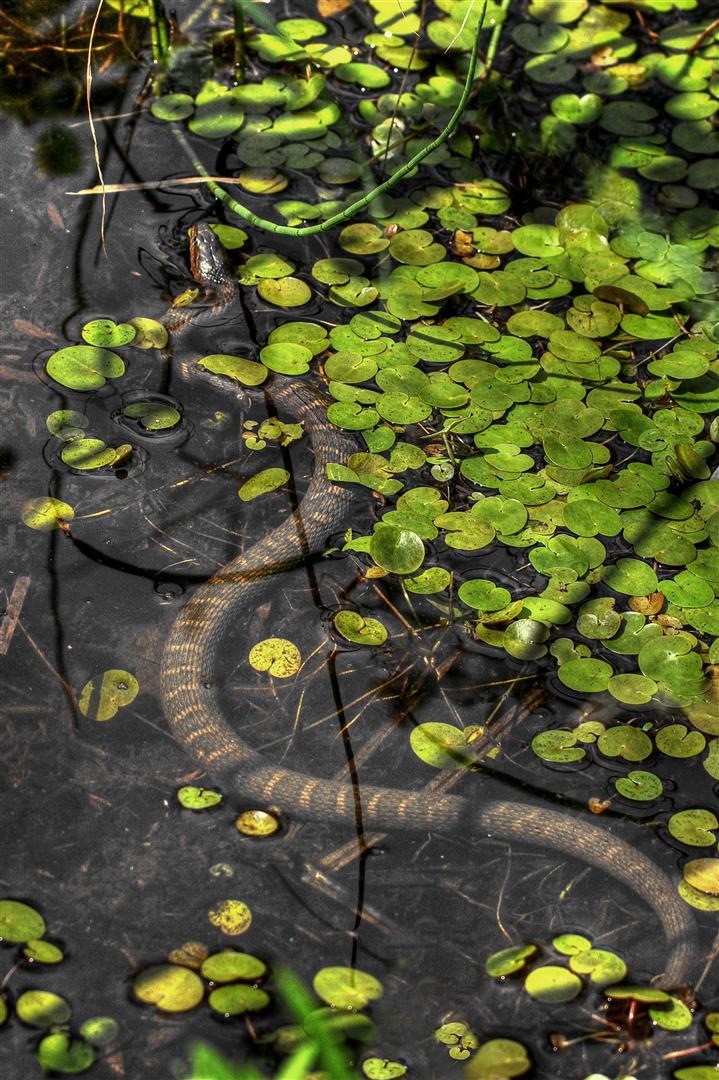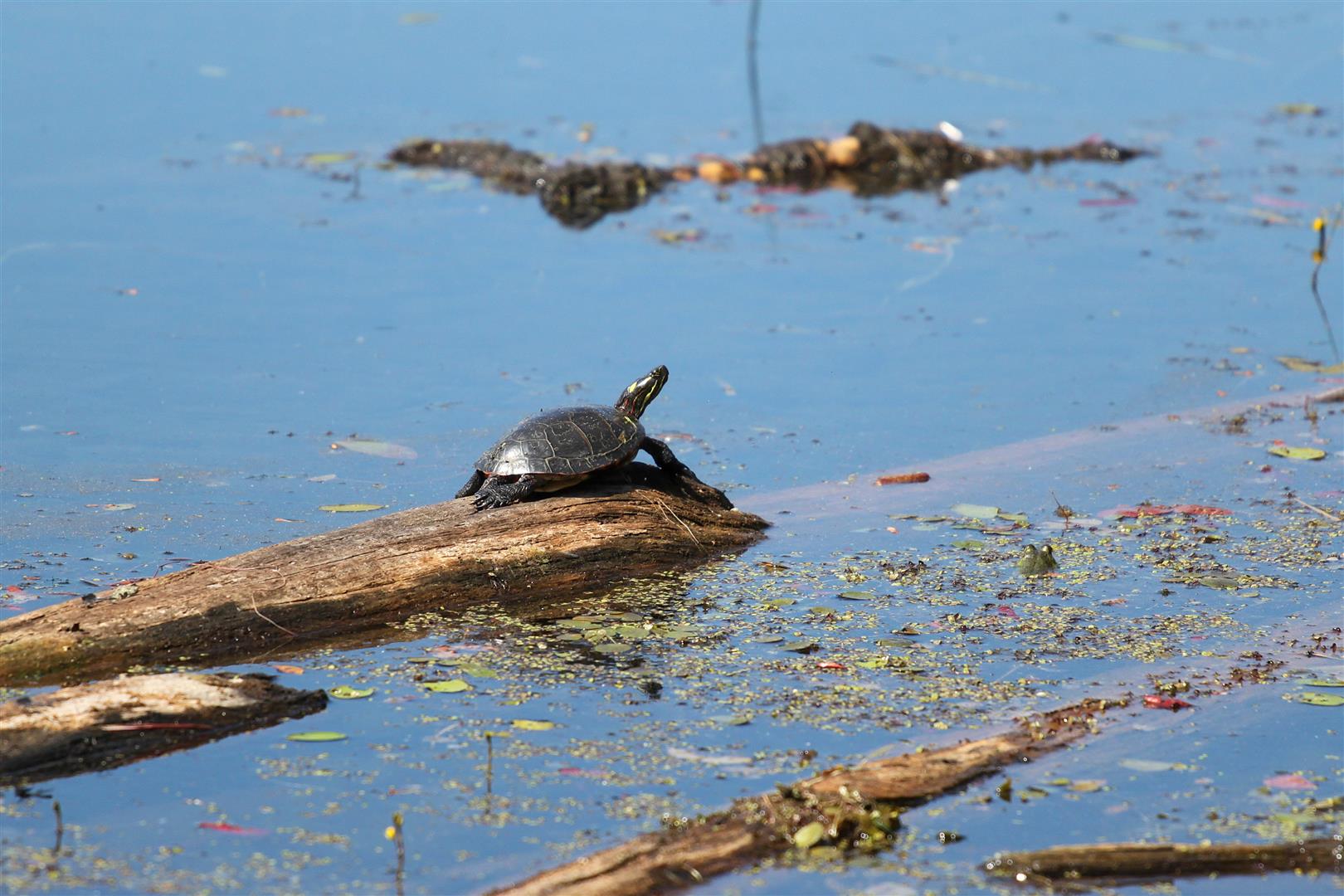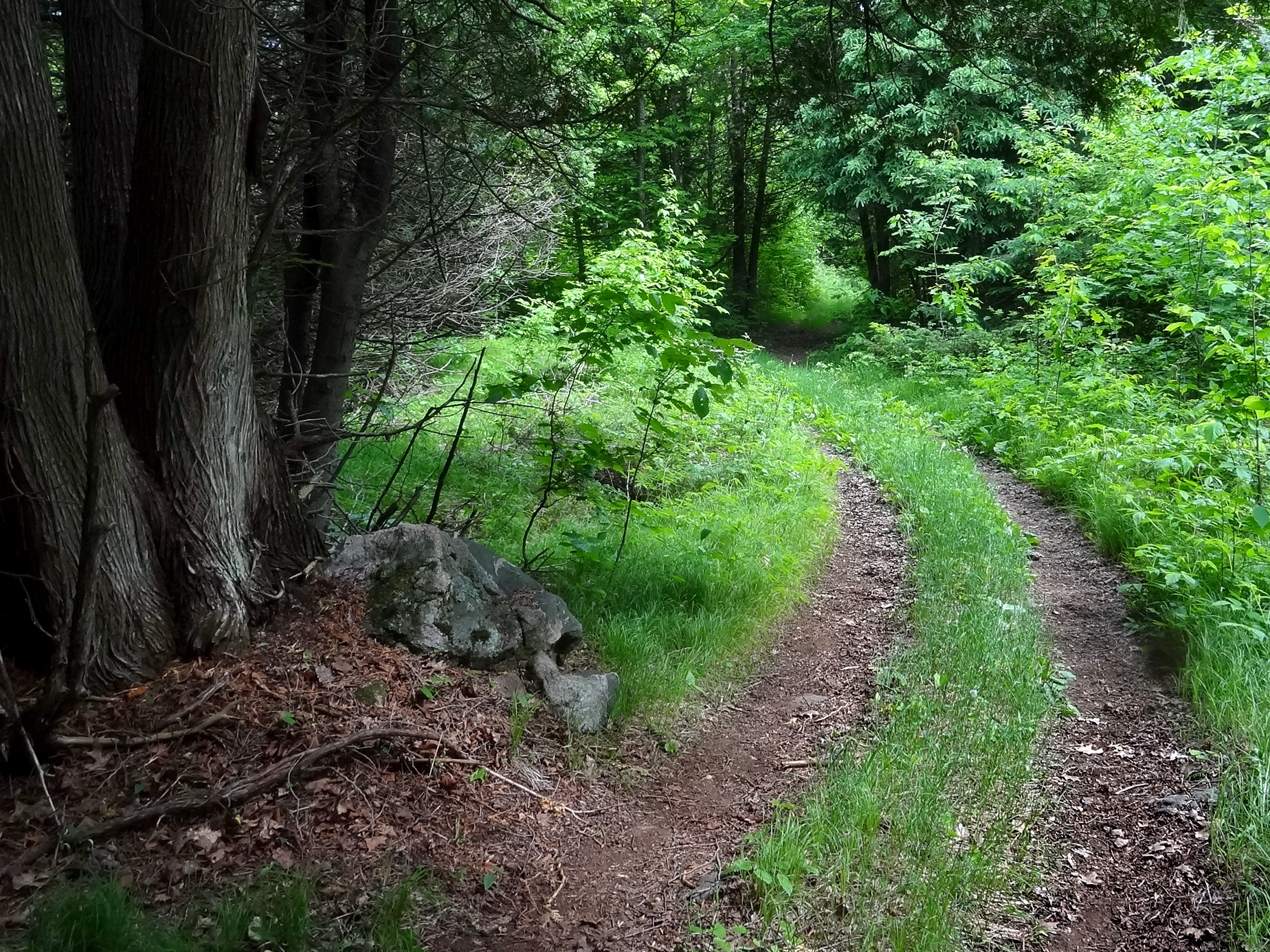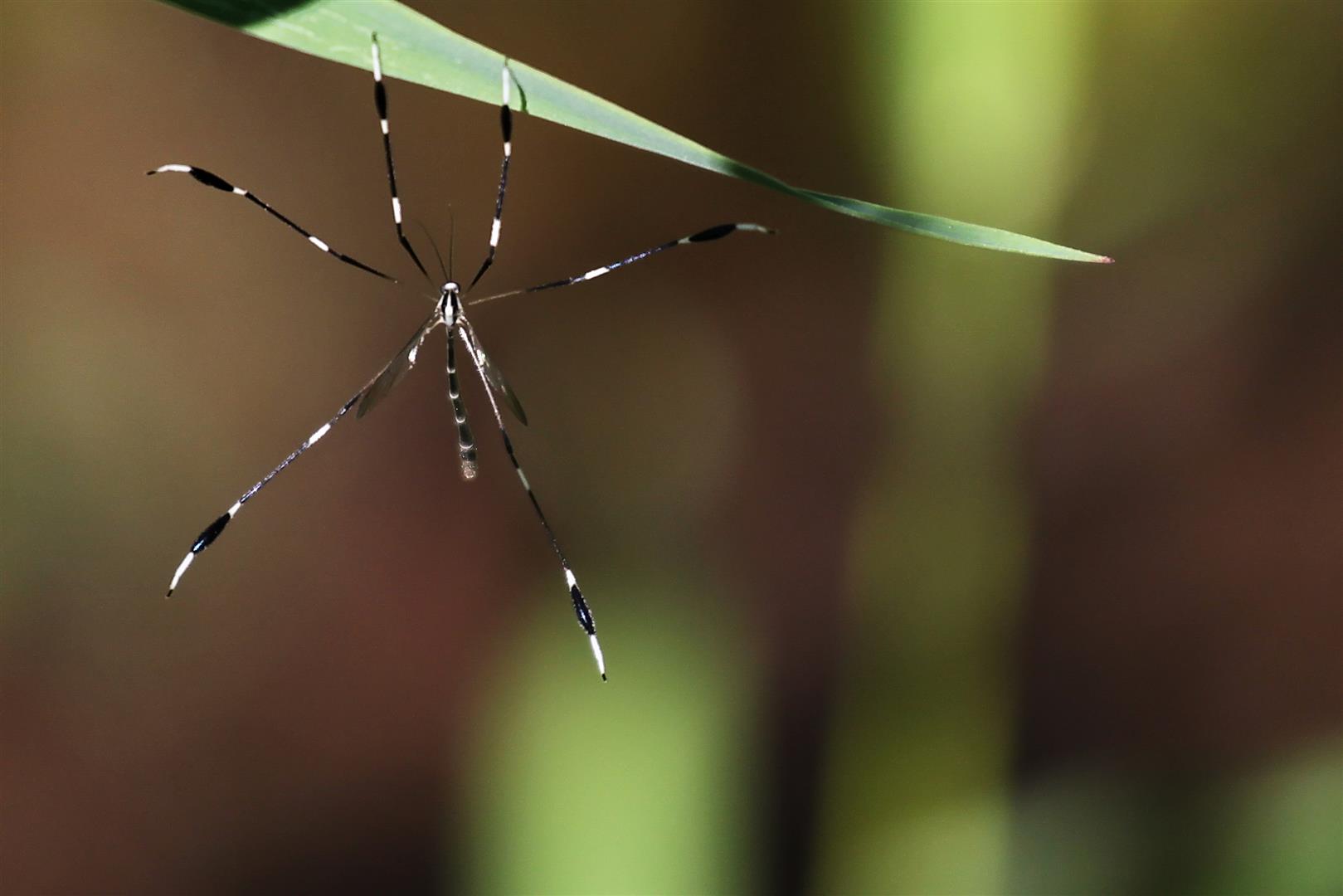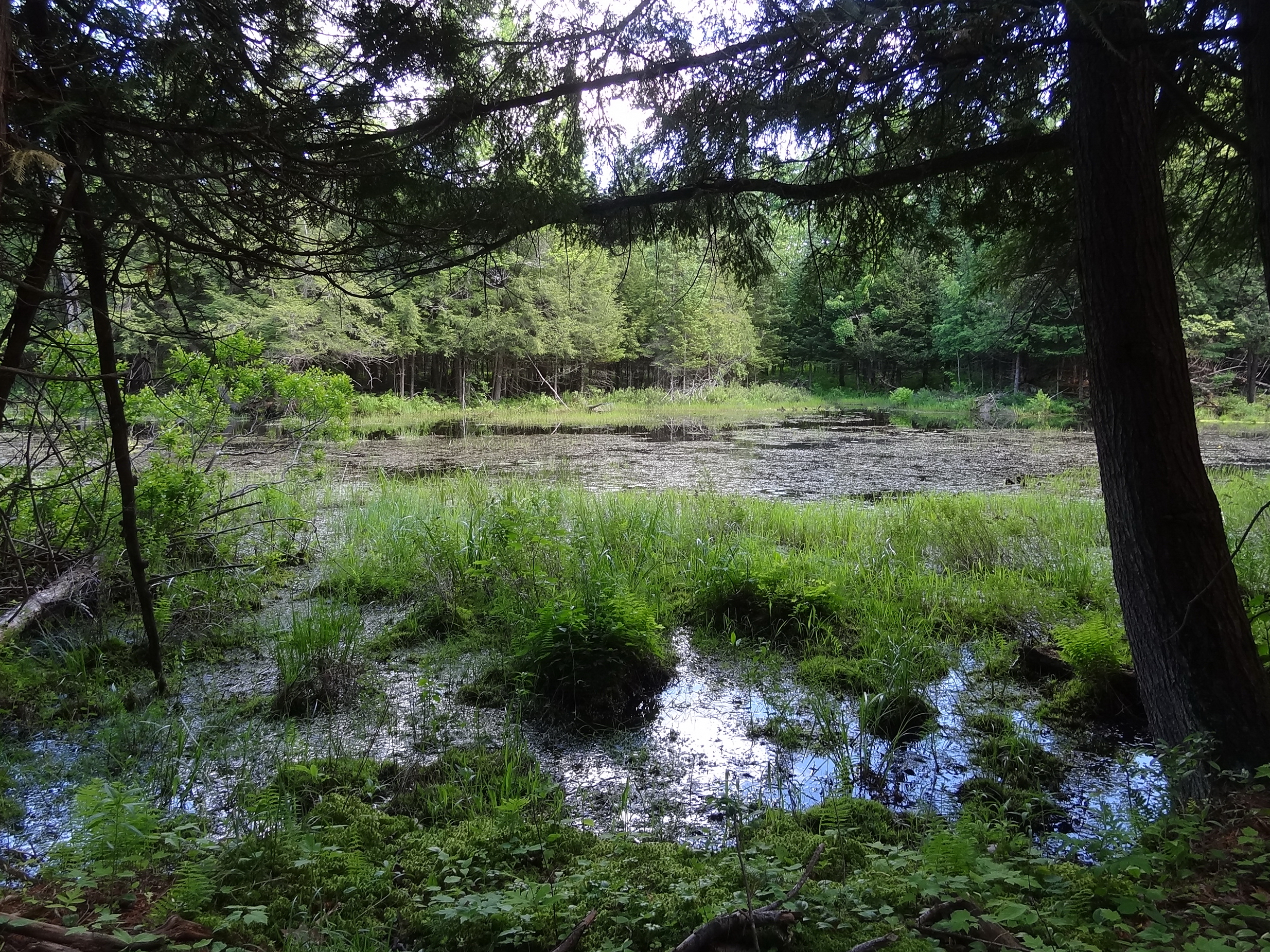The primary purpose of KNS is to provide a sanctuary for wild nature. Hence, recreational activities are not actively encouraged, and no facilities are yet provided for guests. Visitors may be accommodated, particularly those interested in furthering knowledge of the biota, but prior permission is required.
History
In January 2014, MMLT finalized a conservation easement agreement with Paul and Cathy Keddy on their beautiful property located in the northeastern corner of Drummond-North Elmsley Township. The Keddys, both professional ecologists, first discovered this spectacular property back in the ‘70s, long before the area was designated a Provincially Significant Wetland Complex.
In the words of Cathy Keddy: “One of the first decisions we made when preparing for marriage back in 1976, when we were still students at Dalhousie University in Halifax, was to buy our first 100 acres of forest in Lanark County. Many thought we were foolish. But we had walked that property and seen 30 pairs of Great Blue Herons nesting in a wetland. How better to celebrate a marriage than to protect these magnificent creatures. Over the years we camped and eventually built a small cabin where we spent many happy weekends. As we got to know the property better, we found a stream that flowed to the east, and a patch of wild orchids in a seepage area. We owned neither. But over time, these properties came on the market, and we added them to our debt load. Twice we could buy a property only after it had been logged. This was painful, but we knew that whatever the short term damage, the trees would eventually regrow and wildlife habitat would recover.” According to Cathy, the last property was the toughest to acquire as they had to buy out a logging company before it felled the thirty acres having the oldest trees. At this point the Keddys were the proud owners of a square mile.
And to quote Cathy, “there would be little point in protecting 120-year-old-oaks or populations of wild orchids if the next owner would simply log them or create estate lots. We were determined to pass it on intact. We were delighted that MMLT agreed to become partners, and take over from us in the long run.” The nature sanctuary is under a conservation easement held by MMLT. In Cathy’s words “We cannot think of a more satisfying conclusion to our lifetime project.”
Nature Highlights
- a large stand of native hemlock, including trees in excess of a century in age
- 141 ac. of wetlands comprising 35% of a provincially significant wetland
- headwaters for several creeks draining into Mississippi Lake
- populations of red oak and bur oak with trees in excess of a century in age
- a seepage valley with calcium-demanding plants including Clinton’s fern and narrow- leaved spleenwort
- more than a kilometer of Champlain Sea shoreline, with associated springs and seepage areas
- 10 species at risk in Ontario
- a large population of the nationally rare green arrow arum in the largest beaver pond
- 10 species of native orchids
- a large population of the rare orchid, downy rattlesnake plantain, on clay from the Champlain Sea
- nesting osprey and great blue herons
- populations of mammals including otters, ermine, fishers, flying squirrels, bear and coyotes
- old fields with the only known populations of whorled milkwort in Lanark County
- 34 cranefly, 35 dragonfly and damselfly species, 37 butterfly and 134 moth species
- large populations of milkweed with documented breeding by monarch butterflies
- two rare butterflies, the broad-winged skipper and the Appalachian brown, that lay their eggs on semi-aquatic sedges

